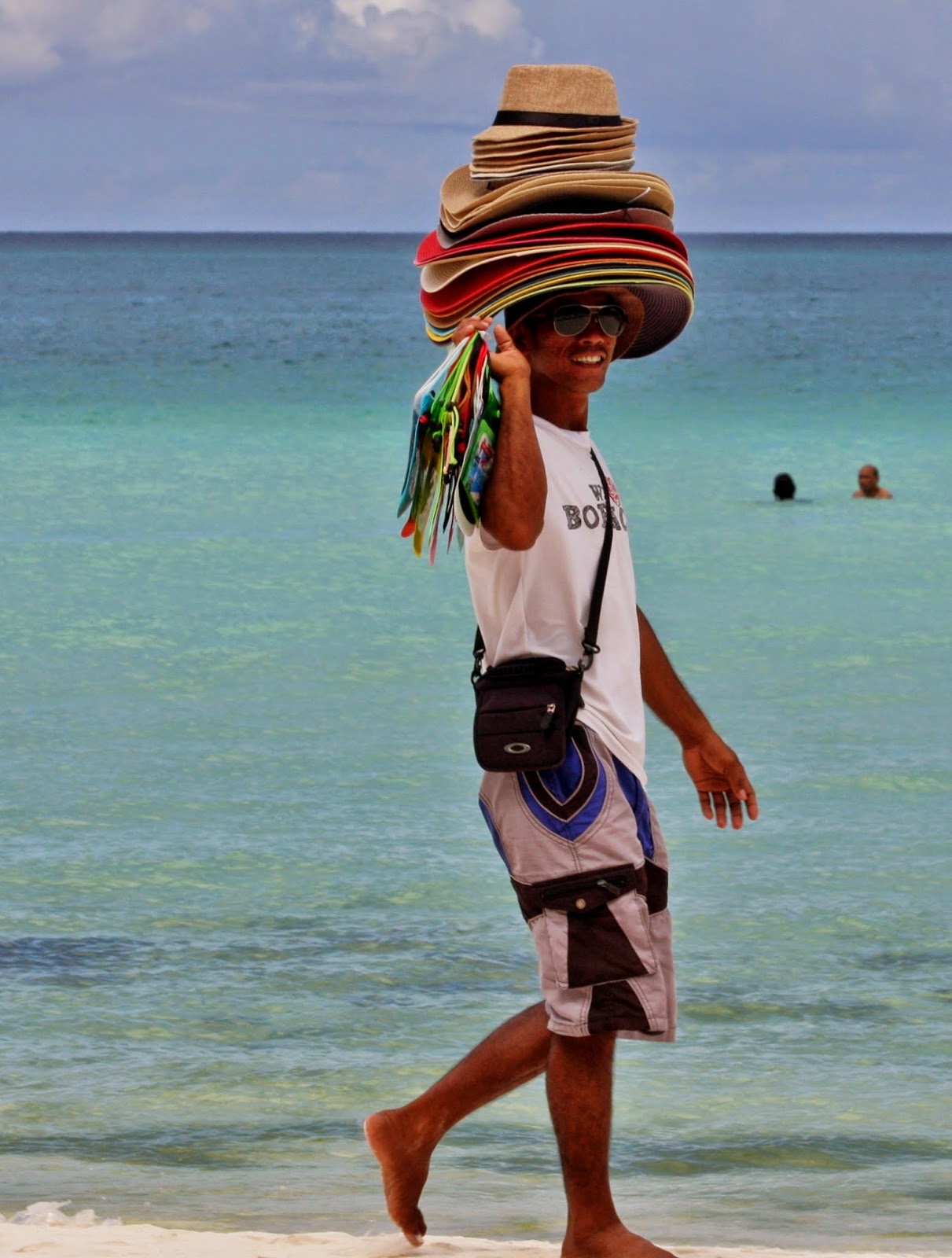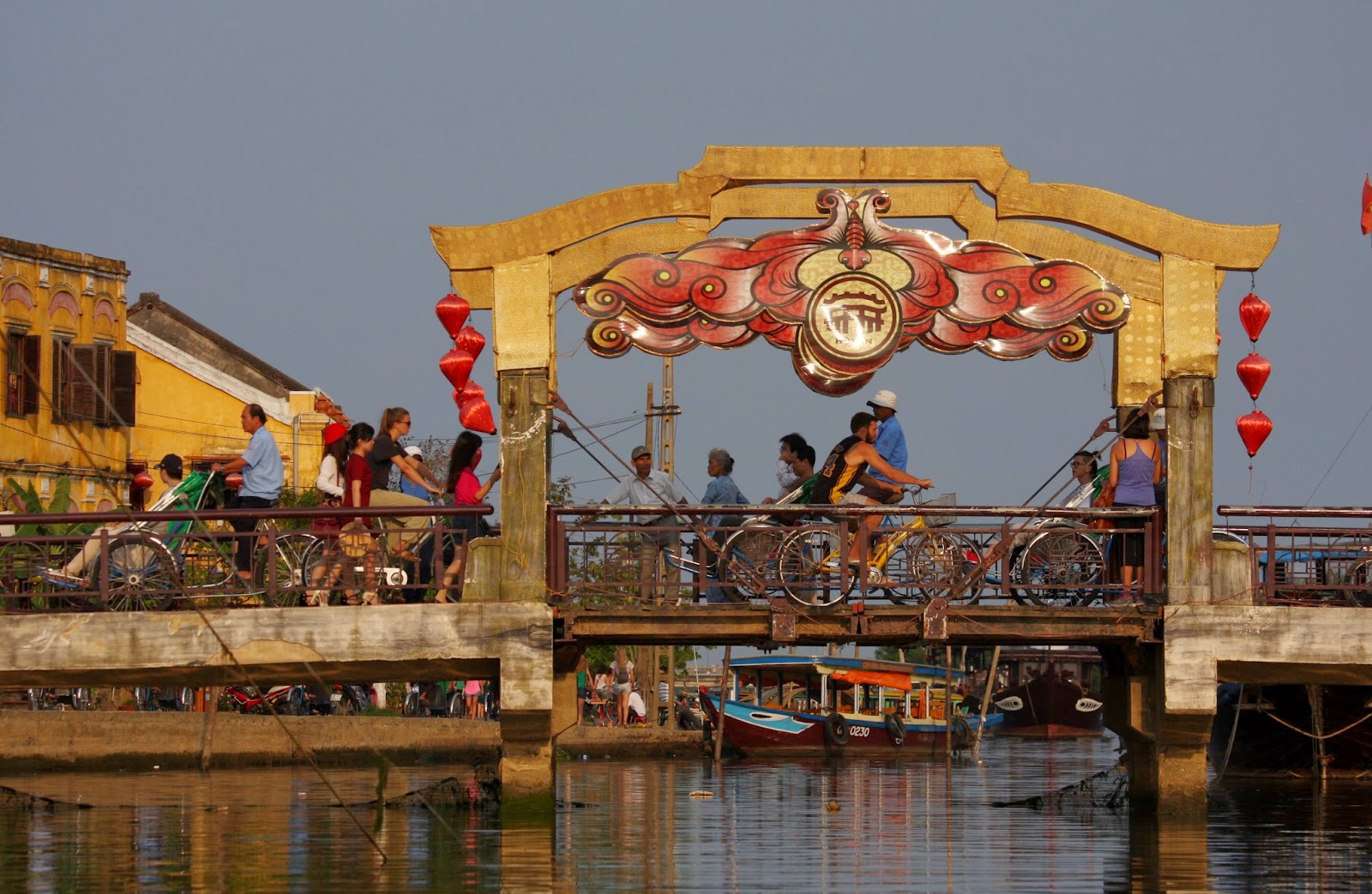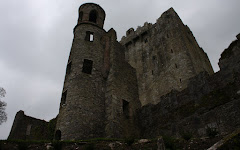One night when
my dad was out of town on a business trip, my mom—pregnant with her sixth
child--loaded her five children into the car and headed to a drive-in movie
venue showing To Kill a Mockingbird. Whether or not my mom thought her children
would sleep through most of the movie, I do not know. I certainly did not, and except for perhaps
my brother Ken, who would have been about three, none of us slept at all. I was
eight-years-old, the oldest of the brood, and I still remember vividly certain
scenes from that first movie experience: Jem rolling Scout inside a tire that
ends up hitting the Radley front porch, Atticus shooting a mad dog, the jury
convicting Tom Robinson of a crime he did not commit, Bob Ewell attacking Scout
and Jem in the dark woods.
As a
teenager, I read To Kill a Mockingbird
on my own, never as part of an English class in school, and subsequent readings
have only enhanced my wonderment and appreciation; it never loses ranking as
one of my favorite books of all time.
Over a
decade ago I had the opportunity to receive a classroom set of To Kill a Mockingbird books because of
bonus points garnered from repeated purchases through a prolific publisher of
books aimed at schools and students.
Most often To Kill a Mockingbird
is taught during the high school years—that has certainly been the case in the
school systems for which I’ve taught—yet I’ve spent my career as an English
Language Arts teacher teaching solely in middle school. Still, I rationalized that I might teach high
school at some point—after all, I’m certified through grade twelve—so maybe I
would have the chance to use those books with students someday. I selected them as my “prize” and then proceeded
to carry them in and out of five schools in three different countries.
But my “someday”
arrived. This spring I taught To Kill a Mockingbird ... to my eighth
graders!
Such a
remarkable venture: fascinating
discussion, unexpected insights, and some incredibly moving moments.
And just
how did this all transpire, you may wonder.
Well,... you work with someone (my someone is Frank) who has only
taught adults and high school before teaching eighth grade English Language
Arts and who wants to teach Great
Expectations or Grapes of Wrath to
eighth graders and who insists the high school won’t mind if we do and who has
ultimate say on the funds allotted to the English Department. You wince and maybe roll your eyes a bit and
say you don’t plan to do Dickens with eighth graders and there is probably a more accessible Steinbeck to use in middle school.
Then he counters, what about To
Kill a Mockingbird?
At the end
of the last school year, Frank had enough funds to purchase eighty copies of To Kill a Mockingbird. He taught it for a goodly portion of first
semester this school year. In February he
turned over 76 copies of the book to me, before departing for England where he
had accepted a new job teaching high school German. Because my four sections of eighth grade
English numbered about 85 students, I could finally let one of my classes use
the copies of To Kill a Mockingbird I
had scrupulously cached all these years!
We commenced our reading at the beginning of April and finished at the
end of May. In June we watched the
movie, and along with several students I choked up when Reverend Sykes said, “Miss
Jean Louise, stand up. Your father’s passin’.”
(Of course, I did it four times, once in each class!)
Most
definitely I read To Kill a Mockingbird
in its entirety again this spring and then reread certain portions with my
students in class. From both discussion and
student writing, here are things I observed and learned about the novel and my
students:
·
The
Finch family made an impression; they wanted to include Calpurnia as part of
the Finch family and felt enormous frustration that Aunt Alexandra was part of
it by blood.
·
Tom
Robinson, Boo Radley, and Dolphus Raymond fascinated them—their circumstances
and their choices.
·
One
question arose in all classes after we finished reading the book: Who would take care of Bob Ewell’s children?
·
I
had multiple parents actually sit down and read this book with their
children. This action totally made a
difference in the experience of reading a novel for two of my struggling readers;
in fact, it may be the only book each of those students read from start to
finish all year.
·
One
afternoon after school, Craig and Alyse came in to work on their final projects
and started discussing the novel with me: Why couldn’t the judge just decide Tom
Robinson’s case? He would have acquitted
him. We ended up talking quite a bit
about our jury system in the USA.
·
Discussions
and essays also showed my students' naiveté and innocence; they still lack a
very complete knowledge of history and even life in general—which is okay, of
course. They are only thirteen and
fourteen. Still, I do hope they read To Kill a Mockingbird at least one more
time in the coming years
As I look
ahead to next school year and the fairly certain prospect of teaching eighth
graders again, I realize two things: (1)
Since Frank has abandoned me for that high school position in England, I may be
facing the wrath of some high school English teachers on my own. (2) I will still teach To Kill a Mockingbird again next year!
** FOOTNOTE:
In the novel, Scout mentions how her father preferred to sit by himself
at church. I do, too—at least when I’m
not with family. I tend to get a lot
more from the sermon and lessons when I can disappear into the space in my mind
where the words and ideas and my own experiences intersect, when I don’t have
to concern myself with social niceties and expectations. I know there are people who worry about me
and feel like they need to sit by me or invite me to sit with them, but I
really am okay by myself. So was
Atticus!





























































































